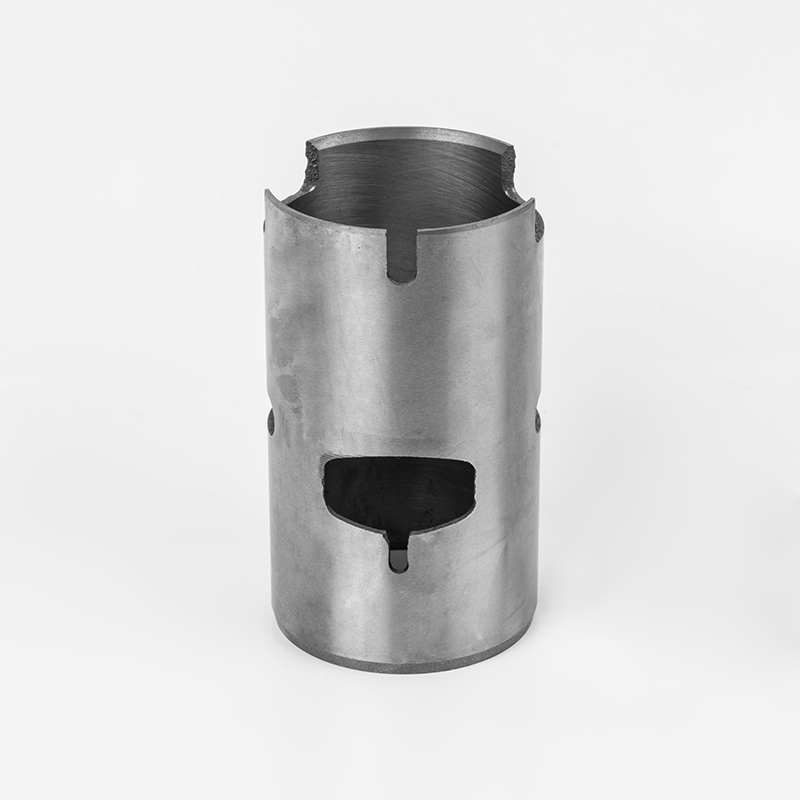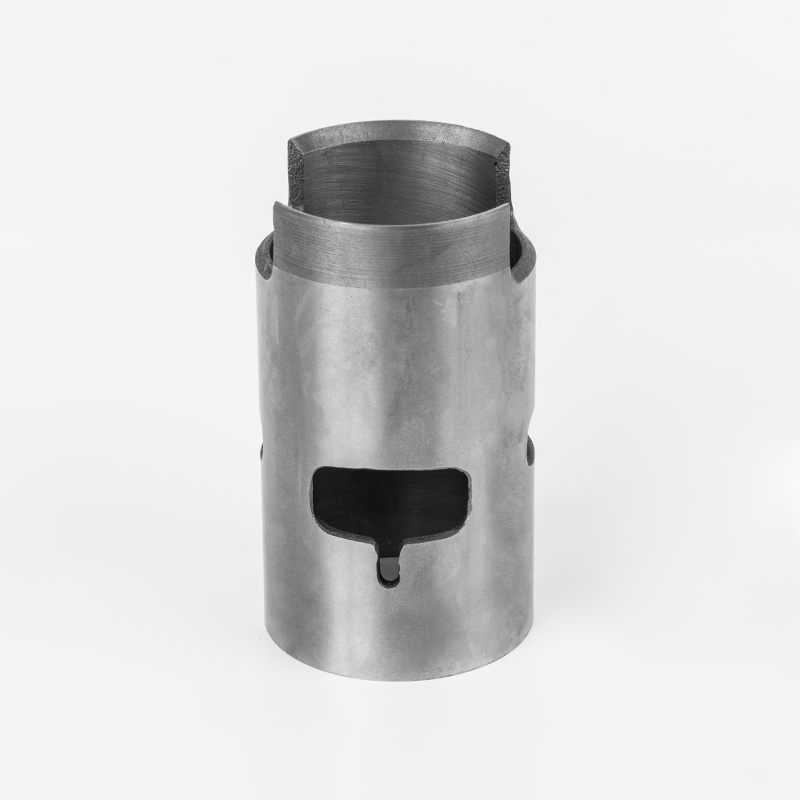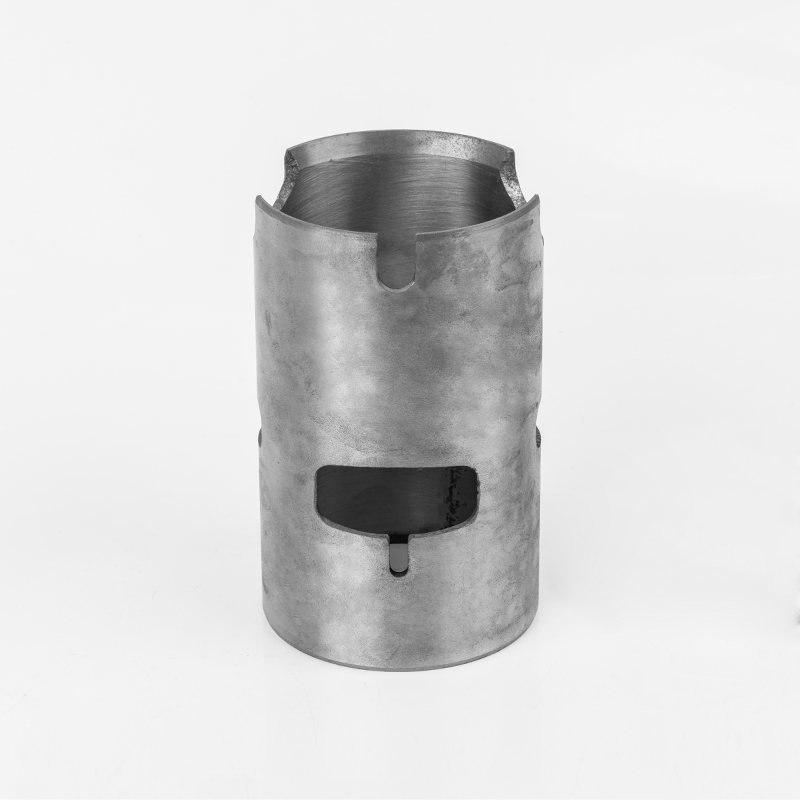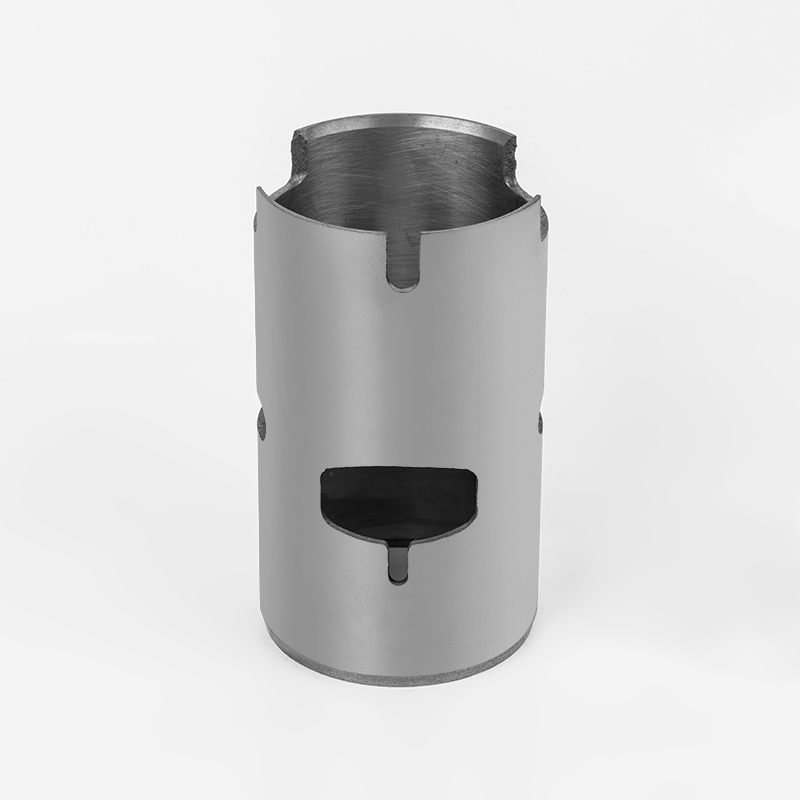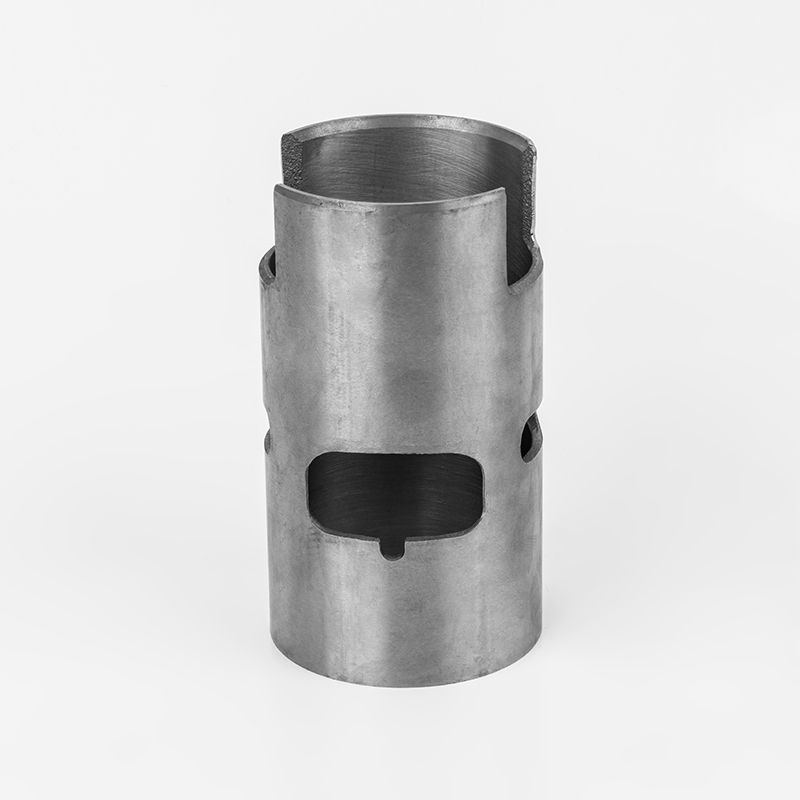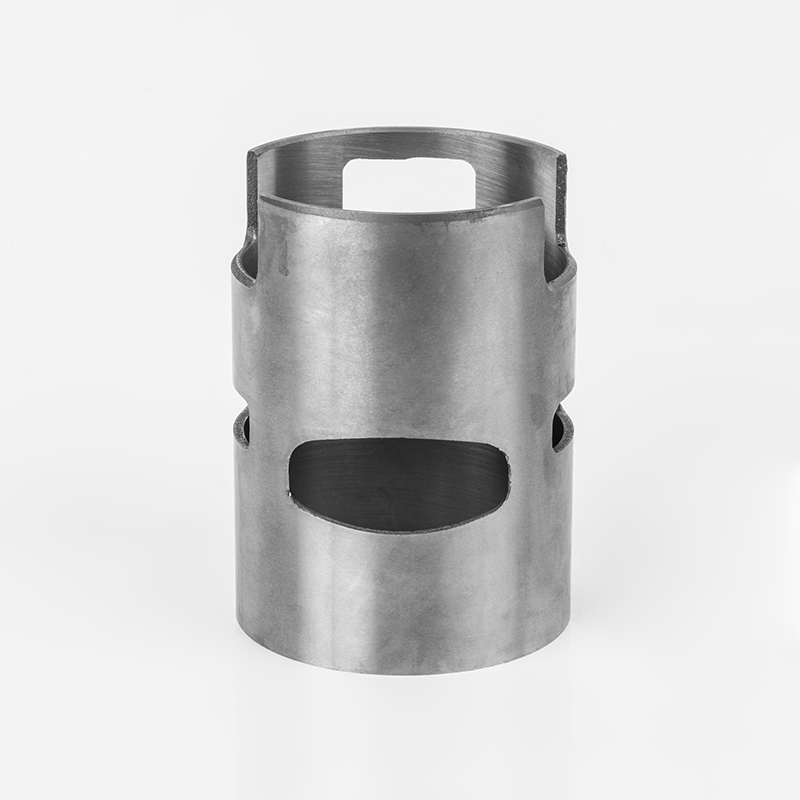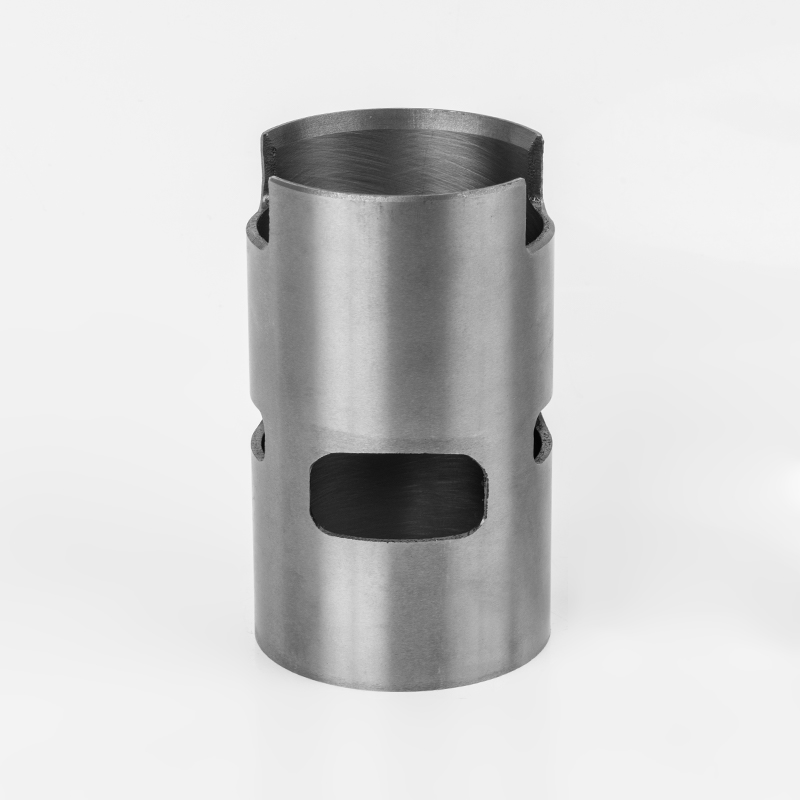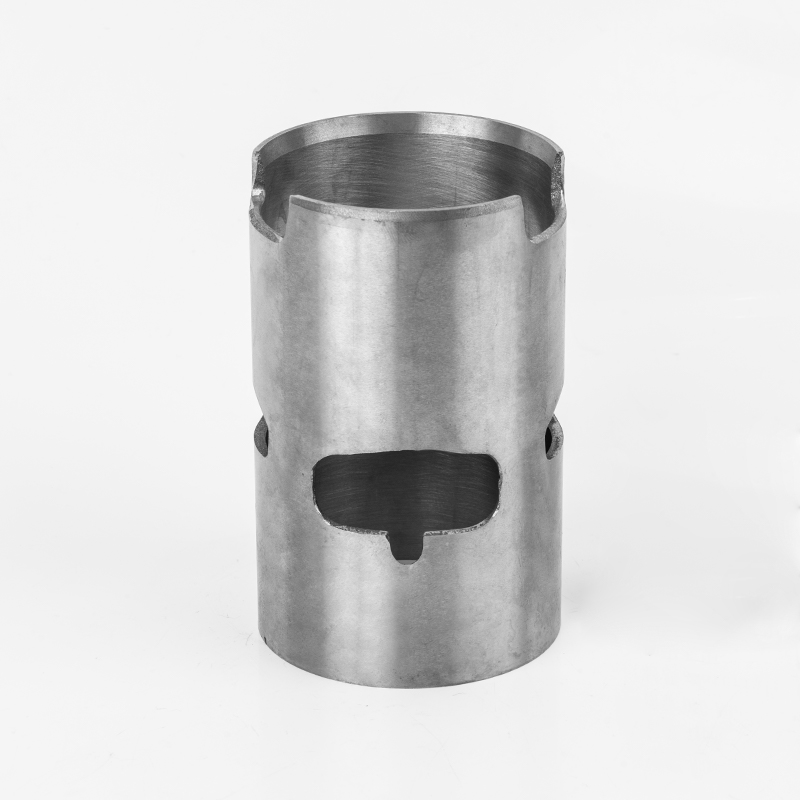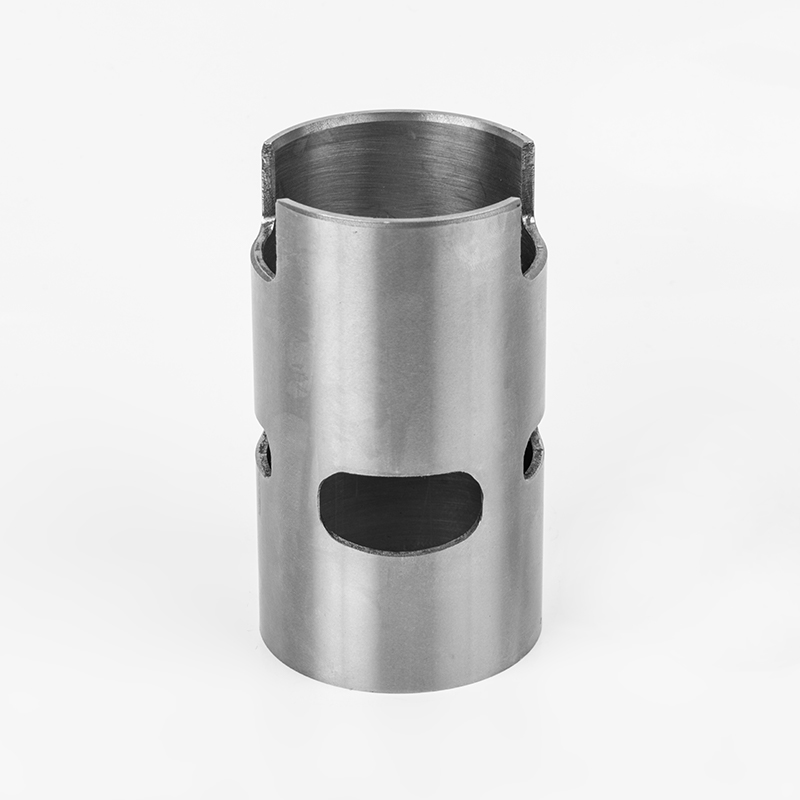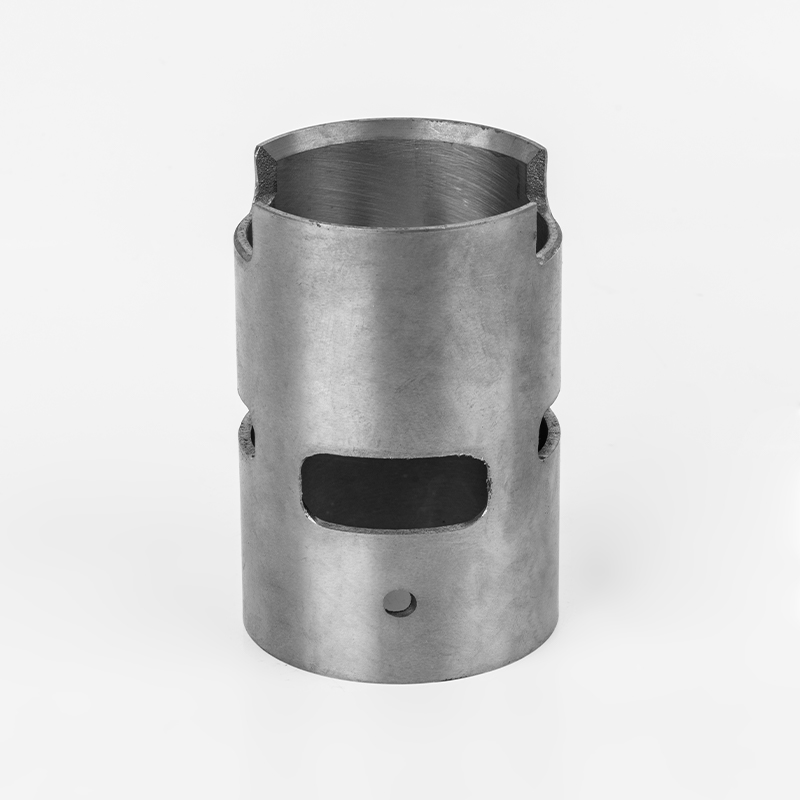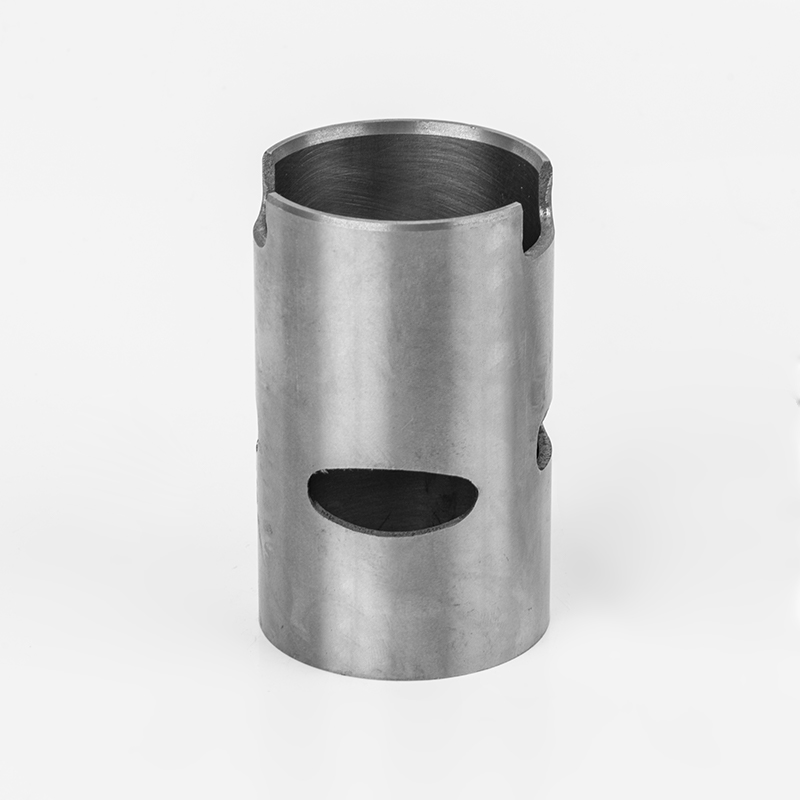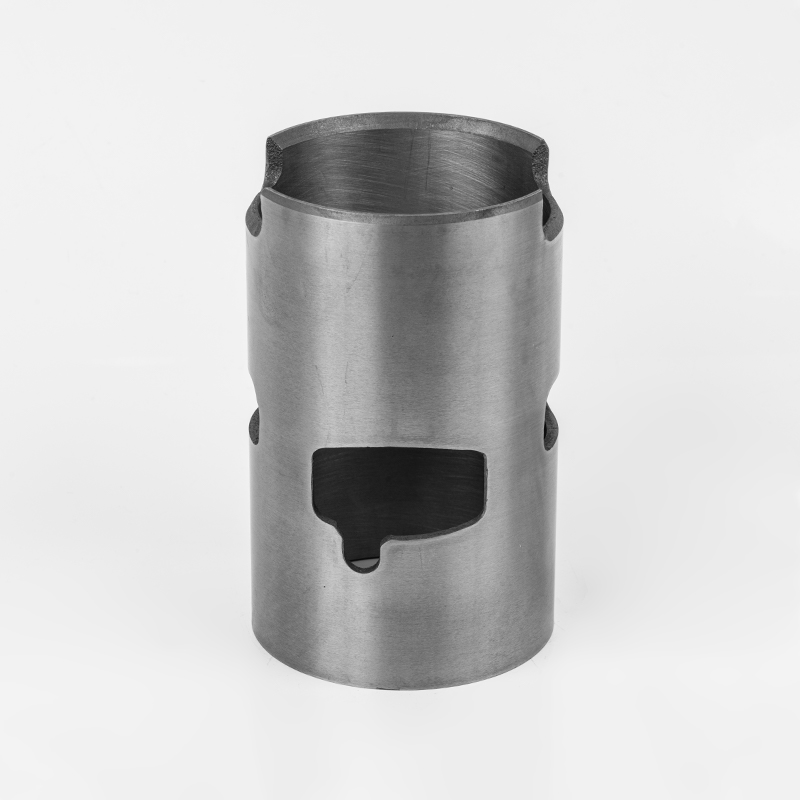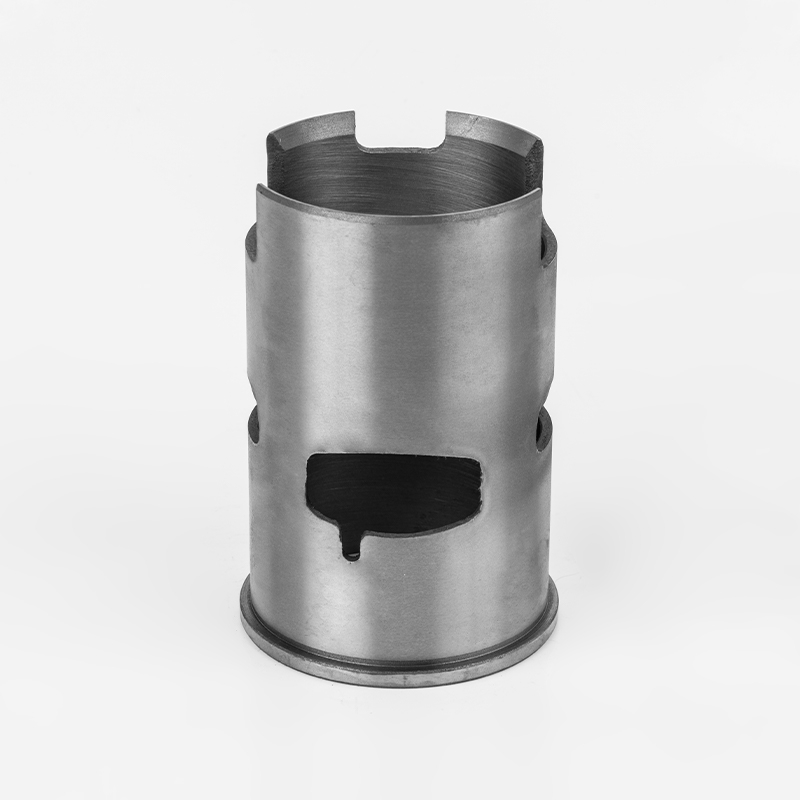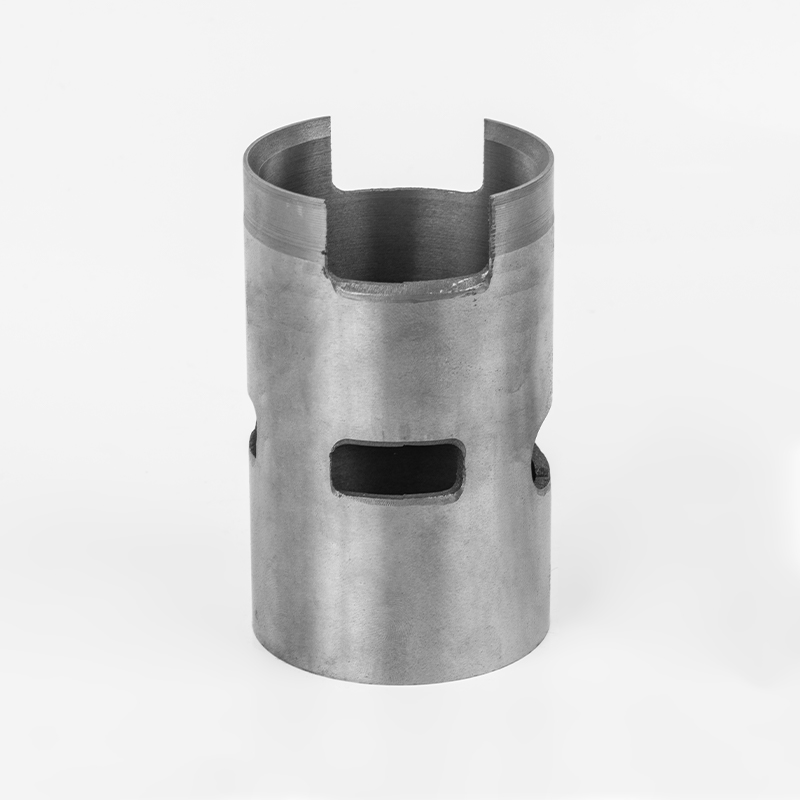Q: What role does the outboard cylinder series play in a marine engine system? How does it relate to overall power output?
A: The outboard cylinder series is primarily responsible for converting fuel combustion into mechanical energy, driving the propulsion system and achieving vessel motion. Its design directly impacts combustion efficiency, heat loss control, and exhaust emissions management, ensuring stable and sustainable power output. Ningbo Daxie Development Tianshan Cylinder Block Co., Ltd. uses system simulations in its R&D laboratory to deeply understand the dynamics of how the cylinder and engine work together, optimizing the overall architecture and improving system responsiveness.
Q: When designing an outboard cylinder, what engineering factors should engineers prioritize to avoid common failure modes?
A: Engineers comprehensively consider thermal management, material compatibility, and structural integrity. Key considerations include controlling thermal expansion to reduce cracking risk, applying wear-resistant coatings to extend life, and optimizing fluid dynamics to reduce friction losses. Ningbo Daxie Development Tianshan Cylinder Block Co., Ltd. uses high-performance computer-aided design (CAD) software to accurately model these factors and simulate behavior under extreme operating conditions. This ensures that the design balances safety and durability, effectively preventing frequent failure points.
Q: Why is material selection crucial for our outboard cylinder line? How do different alloys affect performance?
A: Materials are the core pillar of cylinder performance, directly determining corrosion resistance, pressure-bearing capacity, and thermal conductivity. Common alloys such as aluminum alloys or specialty steels must balance lightweighting and strength to withstand the chemical attack and mechanical stresses of seawater environments. Ningbo Daxie Development Tianshan Cylinder Block Co., Ltd. conducts material evaluations at its testing center, utilizing specialized equipment to analyze microstructural changes and fatigue properties. This helps guide material selection strategies and ensures the long-term reliability of the final product in harsh environments.
Q: How do Ningbo Daxie Development Tianshan Cylinder Block Co., Ltd.'s R&D facilities support the innovative development of our outboard cylinder line? In particular, what are the unique advantages of using CAD and CAE tools?
A: Our company has invested in state-of-the-art R&D laboratories and testing centers, equipped with high-performance computer-aided design (CAD) and computer-aided engineering (CAE) software, creating a virtual simulation system. This tool allows engineers to create 3D models at an early stage to predict thermal distribution, stress concentrations, and vibration response, accelerating the iterative design process. Combining a variety of material and product testing equipment, the company can simulate accelerated aging tests in real marine environments, validate design assumptions, reduce trial-and-error costs, and drive the evolution of its cylinder series towards greater efficiency and environmental friendliness.
Q: What key methods are used to ensure product reliability and safety when testing and validating outboard cylinders?
A: Standard testing methods include durability cycle testing, pressure seal verification, and thermal shock assessments to simulate the extreme conditions of long-term operation. These tests focus on failure threshold identification and performance degradation analysis to ensure the cylinders remain structurally robust under high pressure and high temperature. Ningbo Daxie Development Tianshan Cylinder Block Co., Ltd. leverages the diverse equipment at its testing center to conduct non-destructive testing and accelerated life testing, combined with virtual validation using CAE tools, to build multiple layers of assurance and provide a solid scientific basis for product launch.
Q: How can outboard cylinders achieve optimized engineering design adaptability to environmental challenges such as salt spray corrosion or temperature fluctuations?
A: Environmental adaptability strategies must be incorporated into the engineering design, such as enhancing corrosion resistance through surface treatment or optimizing cooling channel layout to mitigate sudden thermal stresses. This requires a deep understanding of fluid mechanics and materials science principles. Ningbo Daxie Development Tianshan Cylinder Block Co., Ltd.'s R&D team uses CAE-driven dynamic simulation to explore performance boundaries in various environmental scenarios. This is supplemented by accelerated corrosion testing in the laboratory to ensure that its cylinder series performs exceptionally well in the world's volatile waters.
Q: Given the industry's innovative trends, how does the outboard cylinder series incorporate sustainable development concepts? What explorations is Ningbo Daxie Development Tianshan Cylinder Block Co., Ltd. making inroads in this area?
A: Current trends focus on lightweight design, improved energy efficiency, and reduced emissions, such as achieving lower fuel consumption through optimized combustion chamber geometry. This requires R&D to incorporate green engineering principles from the very beginning. With its R&D laboratory at its core, Ningbo Daxie Development Tianshan Cylinder Block Co., Ltd. utilizes CAD/CAE software to explore innovative structures, such as improved sealing systems to reduce oil leak risks. Testing equipment is used to verify environmental compatibility, driving the cylinder series' transition toward low-carbon development and responding to evolving global maritime regulations.
Q: Why does Ningbo Daxie Development Tianshan Cylinder Block Co., Ltd. have a competitive advantage in the outboard cylinder series market? How does its R&D philosophy deliver customer value? A: The company's competitive advantage stems from its fully integrated R&D capabilities, with its laboratories and testing centers forming a closed-loop innovation system. By leveraging cutting-edge CAD/CAE software, combined with physical testing and verification, the company can rapidly respond to market changes and provide customized solutions. This R&D approach not only enhances product technical maturity but also ensures customers receive highly reliable, proven cylinder components, ultimately reducing maintenance requirements and extending equipment lifecycles.
Q: What technical challenges might the outboard cylinder series face in the future? How will Ningbo Daxie Development Tianshan Cylinder Block Co., Ltd.'s R&D infrastructure help address these challenges?
A: Future challenges include integrating smart sensors for real-time monitoring or compatibility with new energy propulsion systems (such as hybrids), which require interdisciplinary collaboration. Ningbo Daxie Development Tianshan Cylinder Block Co., Ltd.'s advanced laboratories offer versatile testing platforms, allowing engineers to explore new materials and electronic interfaces using CAE simulations while optimizing spatial layouts with CAD tools. This forward-thinking R&D framework ensures the company continues to lead industry breakthroughs and provide timely solutions to complex needs.

 English
English Español
Español عربى
عربى


